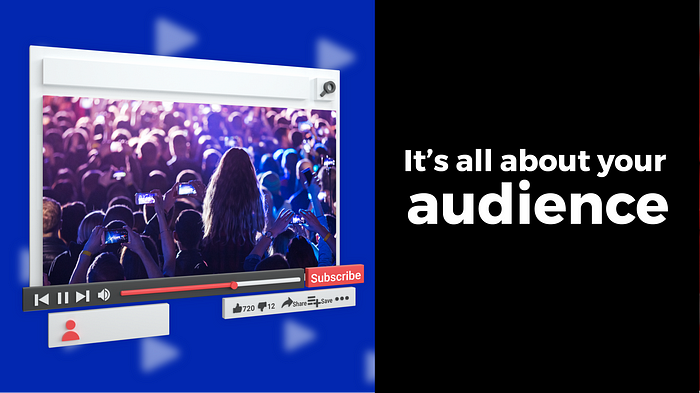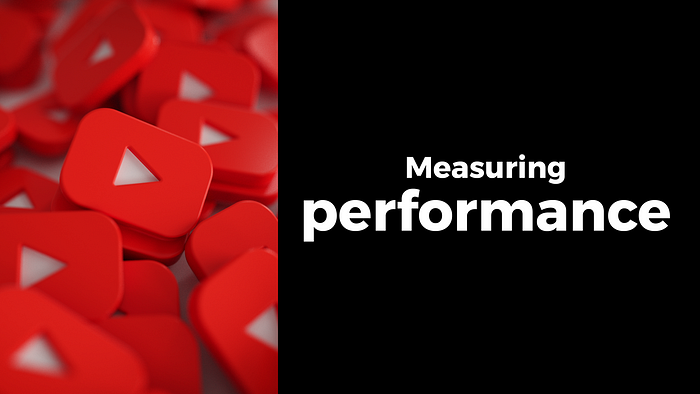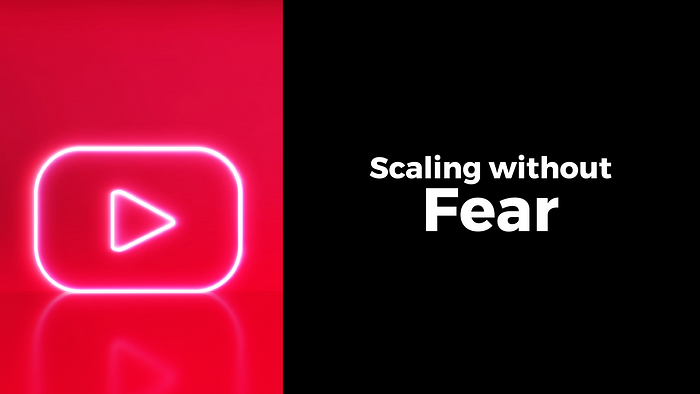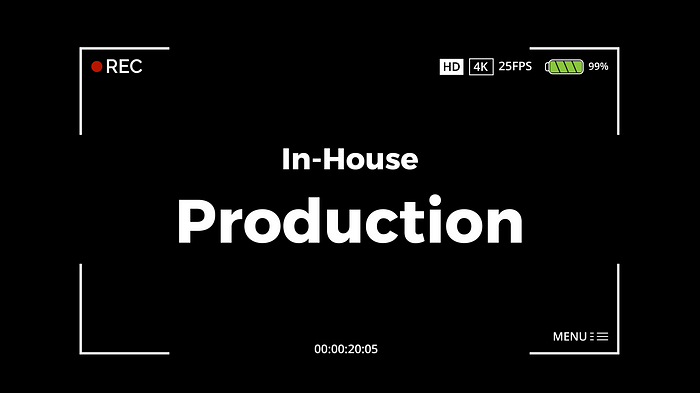
Yael Eckstein, Director of Marketing at StageOne Ventures
Jumping into our second session, one of the questions I am often asked by our portfolio companies is when they should start creating videos. We all know that videos are super powerful marketing tools, but when diving a bit deeper, this question is about more than just videos and cool content. It’s about understanding why a B2B company needs videos and a YouTube channel to increase conversion, in the first place.
Videos have become a viable method for executives to receive important business information, making it a powerful tool for B2B businesses and marketers. In fact, in a survey of C-level and senior executives at large U.S. companies, Forbes Insights found that over 75% of fortune 500 executives view online videos. The survey also showed that 65% of senior executives have visited a vendor’s website after watching an online video, a testament to the fact that video has the power to influence decision-makers.
I had the pleasure of interviewing Or Hadar, a senior marketer at monday.com. He joined the company 3 years ago to help with building and scaling their YouTube activities. Later, Or joined the company’s Brand Awareness team and helped establish a big variety of channels from podcast advertising to digital TV.
Today, Or will talk to us about how monday.com used Youtube to scale their business and promote their product.
Also joining us is Joey Balazs from our portfolio company, Coralogix, who will ask some questions and present some challenges they have experienced, when starting to create in-house videos.
This session is based on a presentation, followed by a Q&A.
Here is the link to the full interview where you can also see examples and subjects we spoke about. A summary of what we discussed can be read below.
Let’s start first with a bit about Monday: monday.com (Work OS) is an open platform where anyone can create the tools they need to run every aspect of their work processes. They have customers from 190 countries, and in over 200 different business verticals (while 70% of their customers are non-tech savvy, therefore the platform is very user-friendly). They have over 900 employees globally and went public in June 2021.
The presentation will mainly discuss YouTube, their marketing budget month over month, and how in just 2 years, their YouTube budget jumped from $400K to $2M! We will also talk about the endless available content on YouTube, and how creators can gain a fair share of users’ attention, mainly when it comes to B2B.
Let’s dive in:

Understanding your audience is a lot about strategy and targeting.
You can check out the first video they produced 3 years ago — one of their best videos to date which really shows the points discussed above

Now that we better understand how to create the video, we need to understand how to measure performance.
Measuring non-click performance is also crucial for your channel. Meaning you should not only rely only on your “click users” — on YouTube, there is a long tale. We divided the users into 2 groups:
Attribute Model — When a user sees your ads on a different platform, you need to decide which channel the user came from. There are a lot of different methods out there, and you need to use the one that is best for your company. We built an in-house model based on the data and learning performed on our end. When we saw the YouTube performance, the longtail, and how people engaged with our ads, we assigned it the appropriate X in our attribution model. Once you use YouTube and a viable marketing channel alongside other channels, optimization becomes a must.

Now that we know how to make the video and how to measure its performance, we can learn to scale without fear. At Monday, we apply a 70/30 budget rule:
The experiment part is executed in 3 steps:

Our final point is in-house. When we think about videos and YouTube, we usually think of huge, very expensive productions. In the beginning, before we had an in-house video team, we used our employees from different teams to brainstorm and create ideas and videos. They made these videos on easy “do it yourself” platforms. This way, we could test and make changes and improvements as we progressed. Yes, as Monday grew, the in-house video team grew as well, but in the beginning, there was no need for a whole video team. Use your employees for ideas; they know the product, market, and audience best!
Once you grow and make many videos, your in-house team can adapt, improve and create the same video for different audiences (this is always easier to do when your team is in-house).
Today, we have a huge in-house team that is dedicated to creating videos. We create 1–2 videos per month, in a variety of languages. You can check out our videos on our YouTube channel.
Budget — Products don’t have to be so expensive. Once you hire in-house and use the team’s expertise, actual video creation doesn’t have to be that expensive (see the $70 example in the presentation)!!
For the second part of the talk, we spoke to Joey Balazs, Head of Marketing at Coralogix.
A quick review: Coralogix is a log analytics platform that empowers DevOps teams to autonomously manage and analyze log data in cloud applications. We invested in Coralogix in 2016. The company continues to grow, now employs over 70 employees (and they are looking for more) in both Israel and the US, and has 2000+ customers, including Payoneer, Monday, and Fiverr. Joey joined Coralogix about a year ago to build their marketing department and has since taken their marketing to the next level! Joey has over 10 years of experience in marketing & operations, dealing with lead lifecycle optimization, B2B/B2C marketing strategy, branding, demand generation, content strategy, sales operations, Salesforce administration, sales enablement, big data analysis, and development of complex marketing automation processes.
Question: What should be the initial video production budget and how would you scale that budget? (i.e. what milestones do you look for in trying to scale your YouTube video outreach)
Answer: A holistic 70%/30% budget is recommended, with respect to the whole marketing budget. But again, it’s really a strategic decision you need to make, based on your audience and the best way to reach them. You need to understand that building a channel will take time and money and you need to know how you want to use this chancel for marketing. It’s about tens of thousands plus-minus to start to understand your audience, campaigns, and what works for you. Regarding production, I don’t think you need to start with a huge production company, but try to engage in smaller productions with a motion designer; you can achieve amazing results with this as well.
Question: Which KPIs would you consider relevant in measuring success on YouTube?
Answer: Without going into too much tech talk, there is a Google platform that you can use to implement tags on your video and connect different marketing channels, so you can see where the user came from. There are currently a lot of issues with cookies, which can make it difficult to see the full picture. We run different geo-lifts to really try and see the halo effect on a specific region. Another approach is also asking your users directly.
Question: What type of video would you recommend or initial posts? (i.e. testimonials, product overview/highlights, use cases, or just funny “viral” videos)
Answer: We found that, for Monday, it works best not to have more than 3–4 videos at a time, and that those videos uploaded come in the form of a diverse mix. Funny videos can bring you a lot of users, but maybe not as good quality leads. While the platform video may have had less traffic but bought in more quality users. “Viral” videos are great, but a bit harder to create. Good testimonial and demo videos and easy to create and serve as a great starting point.
That is a wrap! Thanks for joining us for our second session. It was extremely insightful, and I’m sure it presents valuable information to founders of all shapes and sizes.
Stay tuned for the next session in October!
To learn more about StageOne Ventures, please visit our website at www.stageonevc.com
Web Design by LowTech | Developed by Ori Mintz | Photography by David Garb | Branding and Web Design by Titan BrandWise
